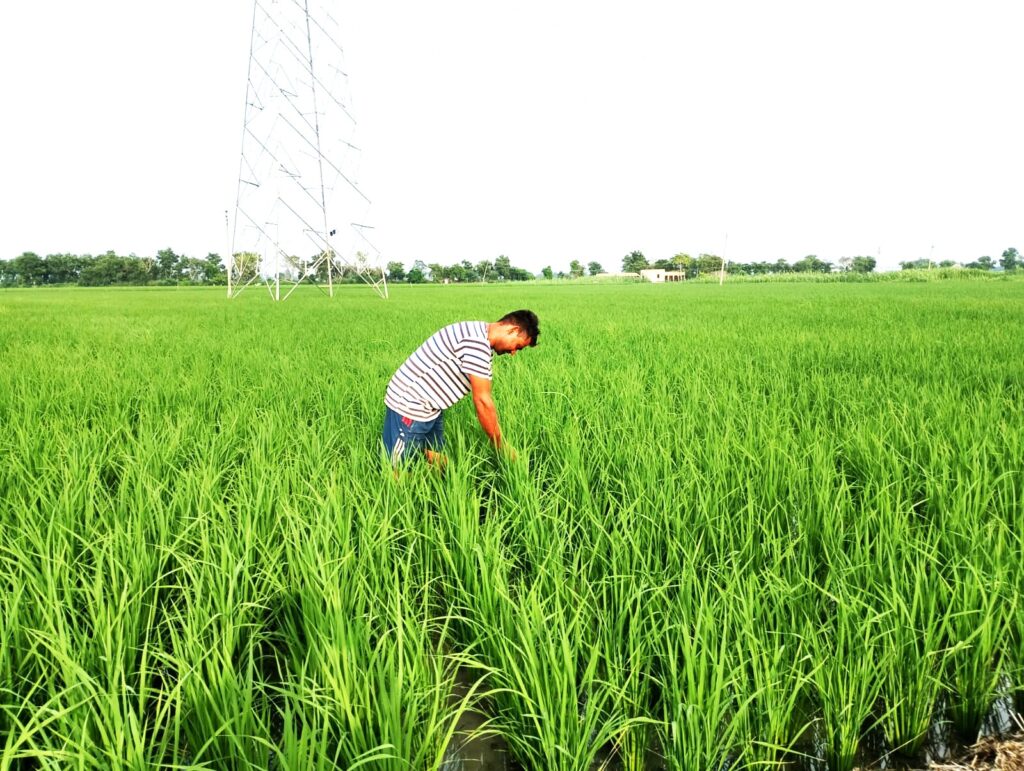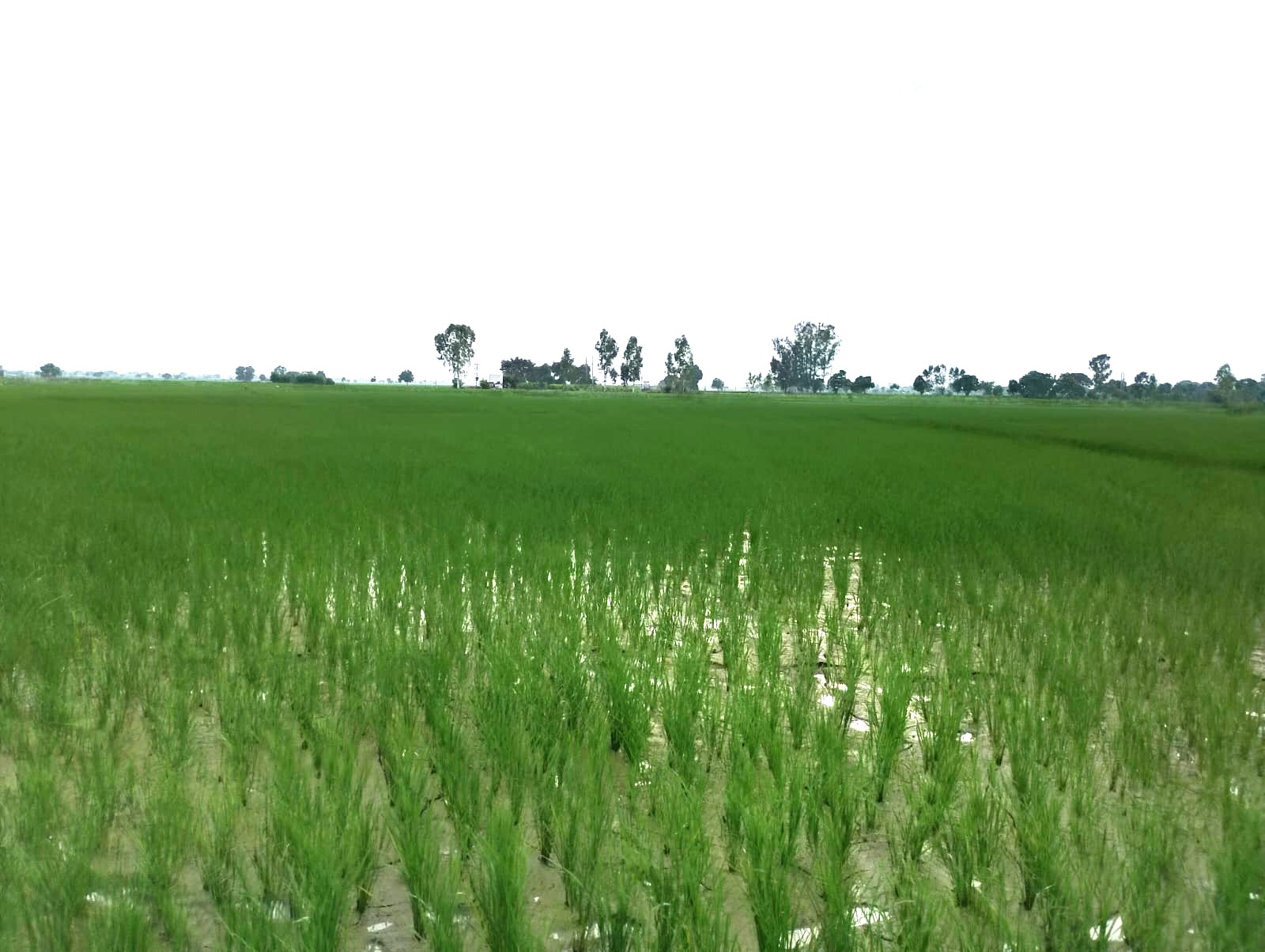The Pradhan Mantri Fasal Bima Yojana (PMFBY) is a comprehensive government-sponsored crop insurance scheme covering the pre-sowing to post-harvesting period. It gives financial support to the farmers who are suffering from crop damage/crop loss. It helps in stabilizing the farmer’s income and ensures the flow of some credit in the agriculture sector.
Table of Contents
Historical Background
Pradhan Mantri Fasal Bima Yojana(PMFBY) replaced the National Agricultural Insurance scheme(NAIS), which was in operation from the Rabi season of 1999 to 2000, and Modified NAIS(2010-2011).
Challenges
- Lack of transparency.
- High Premium Rates.
- Share of farmers in premium was very high.
- Delay in claiming.
About PMFBY
It launched on February 18, 2016, by the Prime Minister of India, but operational from the Kharif season 2016.
This Scheme is under the Ministry of Agriculture and Farmer Welfare, Government of India.
It is a central sector scheme with 100% funding by the Government of India.
It is a demand-driven scheme and voluntary for all types of farmers and states.
Cover crops:
- All the food crops like cereals, pulses, millets, etc.
- Oilseed crops.
- Annual commercial horticulture crops.
Risk Coverage:
It covers all the risks in the crop cycle.
- Preventive sowing/planting.
- Mid-Season Calamities.
- Standing crops( sowing to harvesting) but only in natural calamities.
- Non-preventive risks like drought, dry spell, flood, Pest attacks, diseases, fires, landslides, Lightning, hill storms, Cyclones.
- Post-harvest loss, like cutting/bundling/spreading in the field duration. It is applicable only for 14 days.
Apart from this, there is some add-on coverage like wild animal attacks, local calamities, etc, given by states.
In a war-like situation like the India-Pakistan war, the Nuclear Risks, malicious damage, and other preventable risks conditions, Premium is not given.

Premium
Premium is given based on three conditions.
- Crops
- Season
- Area
Premium is given as a percentage.
| Kharif Crops | 2 % |
| Rabi Crops | 1.5 % |
| Annual Commercial Crops | 5 % |
The last date for premium payment for Kharif crops is 31st July, and for the Rabi Crops is 31 December.
Premium given by the Government(shares between the state and the Centre) is in the ratio of 90:10 for the NER(North Eastern States) and 50:50 for the rest of the states.
Maximum claim limit for PMFBY is 2 lakhs Indian Rupees.
For the premium payment, the premium calculator is made on the website.
If you check your status or apply, you can visit here.
| PMFBY | Apply |

Benefits of PMFBY
Affordable Premium: The Low premium rate makes this scheme accessible to all the farmers.
Income stability: PMFBY gives income stability to the farmers in adverse conditions.
Transparency: The use of GPS, Satellite, and mobile applications helps in reducing fraud in the scheme.
Encourage Investment: The Investment increases through seeds, fertilizers, and technology.
Coverage: It covers approximately all types of crops from both natural as well as man-made calamities.

Challenges
Low Awareness: Many farmers in the country are not aware of the PMFBY scheme.
Delay in settlement: In many cases, the claim period is longer than the prescribed period.
Loss Assessment: In some cases, an accurate assessment is not given.
Government Reforms
In a bid to overcome these difficulties, the government has come up with a number of reforms:
Increased technology to do the assessment and settlement faster.
The option to voluntarily enroll where the farmers make their own choice to participate.
Informing more farmers via campaigns, workshops and mobile applications.
Taking care of claim settlements within two months of reporting damage to the crop.
If you want to study the Pradhan Mantri Kisan Samman Nidhi (PM Kisan) scheme in detail, you can click on PM Kisan.
Conclusion
The Pradhan Mantri Fasal Bima Yojana is a positive step toward improving farmers’ standard of living in India. It also lessens the financial risk of farming because it is able to provide affordable and all-inclusive crop insurance.
Despite the fact that the scheme continues to face difficulties, it is becoming more farmer-friendly and effective as a result of ongoing reform and technology integration. As it keeps being improved and well understood, PMFBY can be a significant reason that would help to make Indian agriculture more resilient, sustainable, and prosperous.

